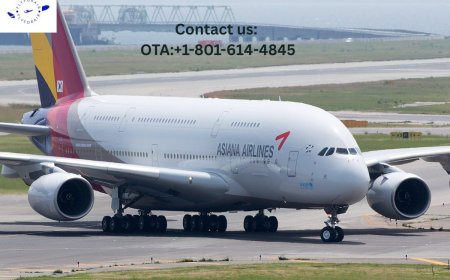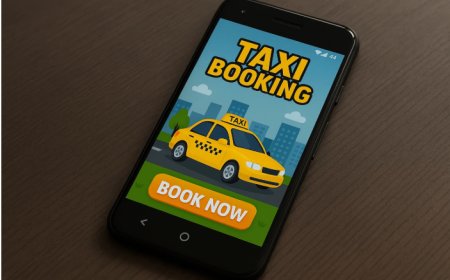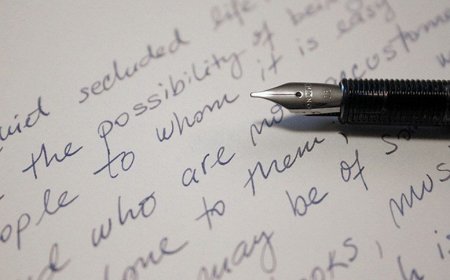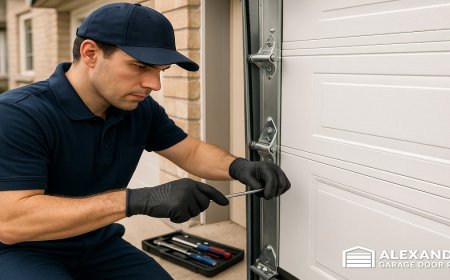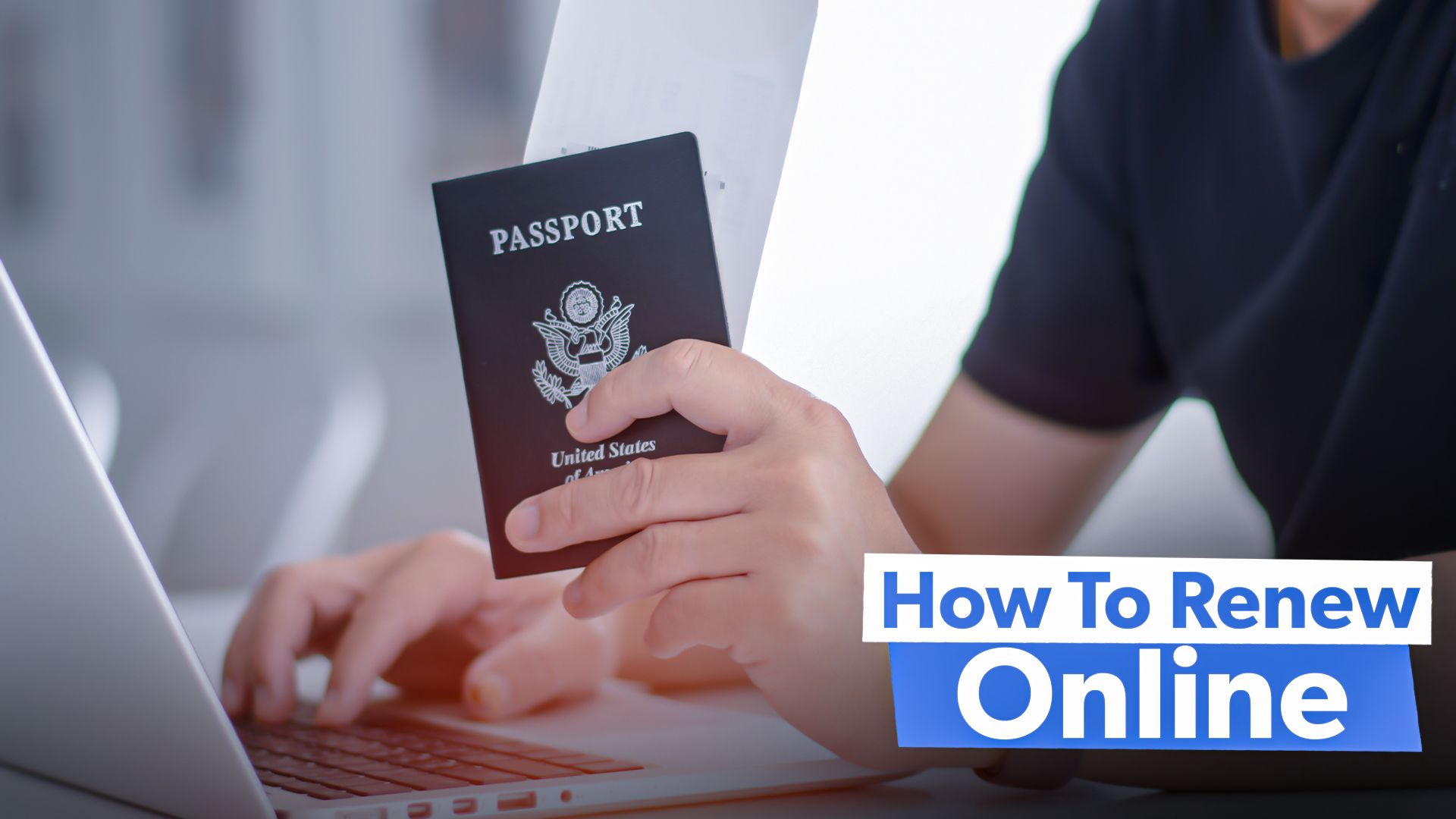how to apply for driving licence
Discover how to apply for a UK driving licence with this comprehensive guide. From provisional application to passing tests, get step-by-step instructions, requirements, costs, and tips for success.

Obtaining adriving licencein the UK is a significant milestone that opens up opportunities for independence, employment, and travel. Whether you're a teenager eager to hit the road or an adult seeking to enhance your mobility, the process involves applying for aprovisional driving licence, learning safe driving skills, and passing required tests to earn your fulldriving licence. This is managed by the Driver and Vehicle Licensing Agency (DVLA), ensuring all drivers meet safety standards on Britain's busy roads.
Why is this important? In the UK, driving without a valid licence can lead to fines up to 1,000, penalty points, or even disqualification. Moreover, with over 32 million licensed drivers in the country, proper training reduces accidents and promotes road safety. According to recent statistics, well-prepared learners are 20% less likely to be involved in collisions in their first year of driving.
In this guide, you'll learn the end-to-end process ofhow to apply for driving licence, including eligibility checks, application steps, testing requirements, and beyond. By following these instructions, you'll navigate the system efficiently, avoid common pitfalls, and join the ranks of confident UK drivers. We'll cover everything from gathering documents to celebrating your pass, making the journey straightforward and achievable.
Comprehensive How-To Steps
The path to a fullUK driving licencestarts with aprovisional driving licence, which allows supervised learning. Once obtained, you'll progress through lessons, theory, and practical tests. Below is a detailed, step-by-step breakdown tailored for cars (category B), the most common type. Note that processes for motorcycles or lorries differ slightlycheck GOV.UK for specifics.
Step 1: Check Your Eligibility
Before applying, confirm you meet the basic requirements. You must be at least 17 years old for a cardriving licence(15 years and 9 months if receiving higher rate Disability Living Allowance mobility component). You need to be a resident of Great Britain (England, Scotland, or WalesNorthern Ireland has separate rules via DVA). Additionally, meet the minimum eyesight standard: read a number plate from 20 meters away, with glasses or contacts if needed.
If you have medical conditions (e.g., epilepsy, diabetes), declare them to the DVLAthey may require a doctor's report. International students or expats must have lived in the UK for at least 185 days in the last year to apply. Use the GOV.UK eligibility checker tool to verify.
Step 2: Gather Required Documents and Information
Prepare your identity and address details. For online applications (recommended for speed), you'll need:
- A UK passport or an immigration status share code (for non-UK passports).
- Addresses where you've lived for the last three years.
- National Insurance number (if you have oneit speeds up processing).
- A debit or credit card for payment.
If applying by post (for those without online access or UK passport), obtain a D1 form from a Post Office. You'll need:
- Original identity documents (e.g., passport, biometric residence permit, or birth certificate with proof of name change if applicable).
- A recent passport-style color photo (not needed if you have a UK passport, as DVLA can use that image).
- Proof of address if required for verification.
Ensure all documents are originalphotocopies aren't accepted for postal applications.
Step 3: Apply for Your Provisional Driving Licence
Head to the official GOV.UK website to start yourprovisional driving licence application. Create or sign into a GOV.UK account for secure processing.
- Online Application: Fill in your personal details, confirm identity (via passport or share code), provide addresses, and pay 34 via card. The process takes about 10-15 minutes. You'll receive a confirmation email, and your photocard licence arrives within a week (longer if checks are needed).
- Postal Application: Complete the D1 form, attach your photo and ID documents, and include a 43 cheque or postal order payable to DVLA. Send to DVLA, Swansea, SA99 1BH. Processing takes up to three weeks.
Track your application online using your reference number. If rejected (e.g., due to errors), correct and resubmitno extra fee if within time limits.
Step 4: Start Learning to Drive
With yourprovisional licence(green photocard), you can begin lessons. Display L-plates on any vehicle you drive, and always be supervised by someone aged 21+ with at least three years' full licence experience.
Find an approved driving instructor (ADI) via the GOV.UK finder or apps like RED Driver Training. Expect 40-50 hours of professional lessons (average for passers), plus private practice. Get learner driver insuranceit's mandatory and separate from the car's policy.
Step 5: Prepare and Pass the Theory Test
Book your theory test once confident. It costs 23 and includes:
- Multiple-choice section: 50 questions on road rules (pass: 43/50).
- Hazard perception: 14 video clips spotting developing hazards (pass: 44/75).
Study using the Highway Code, official DVSA apps, or books. Book via GOV.UKwait times vary by location. You can reschedule up to three days before without losing the fee.
Step 6: Book and Pass the Practical Driving Test
After passing theory (certificate valid for two years), book the practical test for 62 (weekdays) or 75 (evenings/weekends). It lasts 40 minutes, covering road driving, independent driving (following signs or sat-nav), and maneuvers like parallel parking.
The examiner marks faults: up to 15 minor faults allowed; no serious or dangerous faults. Upon passing, surrender your provisionalthe DVLA sends your full pink photocard within three weeks. You can drive immediately with your pass certificate.
Step 7: Upgrade to Full Licence and Beyond
Your fulldriving licencearrives automatically. Consider Pass Plus for advanced training (six hours, potential insurance discounts). Renew every 10 years (or sooner if over 70).
If you fail tests, rebook after 10 working days for practical. Analyze faults with your instructor.
Tips and Best Practices
To streamline yourdriving licencejourney, follow these expert tips from DVSA and instructors:
- Practice Consistently: Combine professional lessons with supervised practice. Aim for varied conditionsnight driving, motorwaysto build confidence.
- Avoid Common Pitfalls: Don't rush applications; double-check details to prevent rejections due to errors like incorrect addresses. In tests, major faults include poor junction observations (top reason for fails), mirror checks, or unsafe maneuvers. Learners often overlook cancellation services for quicker test slotsuse apps to monitor.
- Efficiency Recommendations: Apply online for faster processing and lower cost. Use free DVSA practice tools to pass theory first time (80% success rate with preparation). For internationals, exchange foreign licences if eligible within five years of residency to skip tests.
- Budget Wisely: Total costs (licence + tests + lessons) average 2,000-3,000. Shop for instructors with high pass rates.
- Stay Updated: Rules changee.g., 2025 updates on eco-driving in tests. Check GOV.UK regularly.
By heeding these, you'll minimize delays and boost your pass chances.
Required Tools/Resources
Success requires these essentials:
- Identity Documents: UK passport, birth certificate, or biometric permit for verification.
- Photo: Passport-style, 35x45mm, on plain background (for postal apps).
- Payment Methods: Debit/credit card (34 online) or cheque (43 post).
- Study Materials: Highway Code book (2.50), DVSA theory app (free), hazard perception videos.
- Vehicle Access: Insured car with dual controls for lessons; L-plates (5-10).
- Digital Tools: Computer/smartphone for GOV.UK applications, booking tests, and tracking.
- Instructor: ADI-registered professional (hourly rates 30-40).
- Insurance: Learner policy (20-50/month).
Gather these early to avoid hold-ups.
FAQs
How Long Does It Take to Get a Provisional Driving Licence?
Online applications typically arrive within one week, while postal ones take up to three weeks. Delays occur if DVLA needs extra checks, like medical declarations.
What If I Don't Have a UK Passport?
Use a share code from your immigration status or apply by post with alternative ID like a birth certificate and proof of address. International students can apply after 185 days' residency.
Can I Drive Immediately After Passing the Practical Test?
Yes, with your pass certificate and insurance, but wait for the full licence photocard before unsupervised long trips.
How Much Does the Entire Process Cost?
Provisional: 34-43; Theory: 23; Practical: 62-75. Add lessons (1,200+ average) and insurance.
What Happens If I Fail the Theory or Practical Test?
Retake theory anytime (after studying); practical after 10 days. No limit on attempts, but certificates expire after two years.
Do I Need to Declare Medical Conditions?
Yes, on the application. DVLA may request a medical report; failure to declare can invalidate your licence.
Can Foreign Licences Be Used in the UK?
For up to 12 months (or three years for EEA licences), then exchange or start the UK process.
Real-World Examples or Scenarios
Consider Sarah, a 17-year-old from London. She applied online for herprovisional licenceusing her passport, received it in five days, and started lessons with an ADI. After 45 hours of practice, she passed theory on her first try and practical with three minors, inspired by real test footage online.
For an international student like Ahmed from India, residency proof was key. He waited 185 days, used a share code, and practiced on narrow UK roadscommon challenges for expats. He passed after extra hazard perception prep, highlighting adaptation to left-hand driving.
In a busy scenario, Toby from a mock test video navigated urban routes, avoiding junction errors, and passedshowing how commentary driving helps. These cases illustrate persistence pays off.
Wrapping Up
In summary,how to apply for driving licencein the UK involves eligibility checks, securing aprovisional licence, rigorous training, and acing theory and practical tests. By following these steps, gathering resources, and heeding tips, you'll achieve a full licence efficiently.






